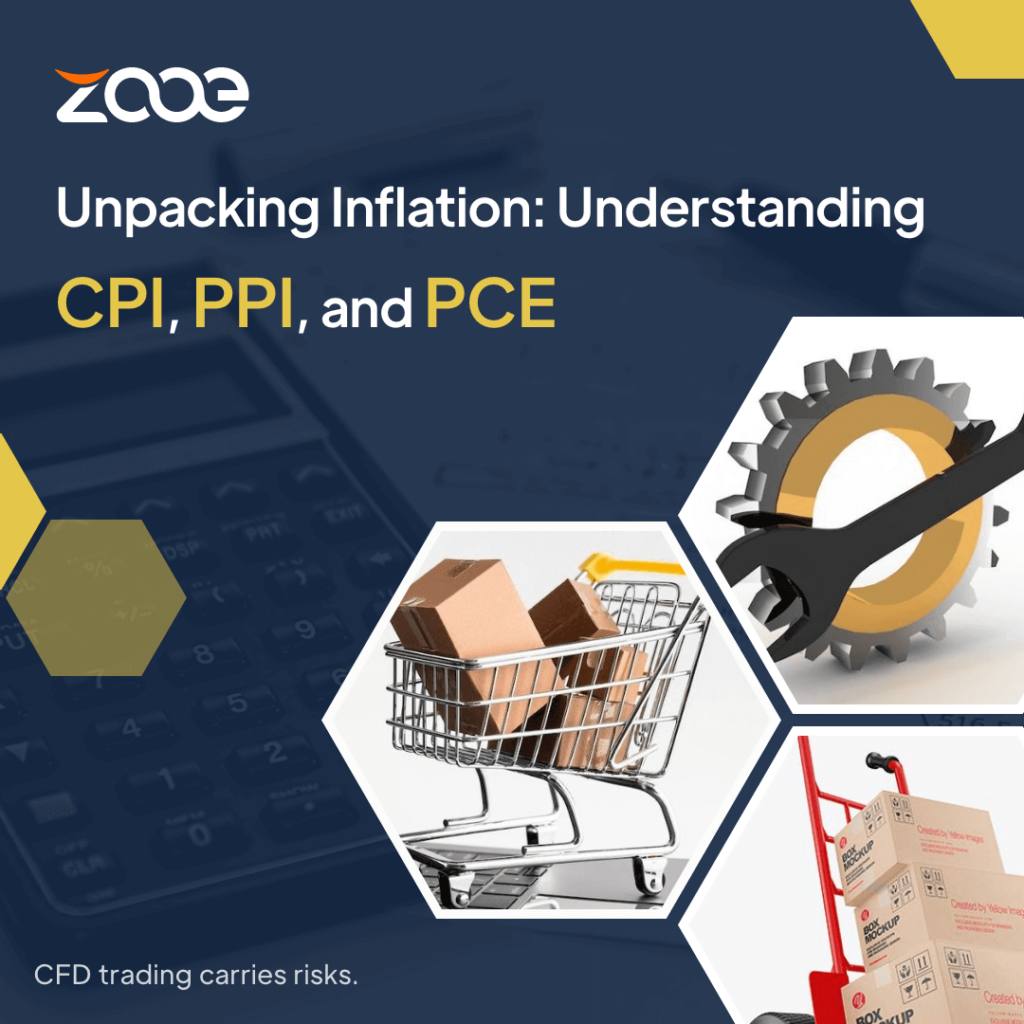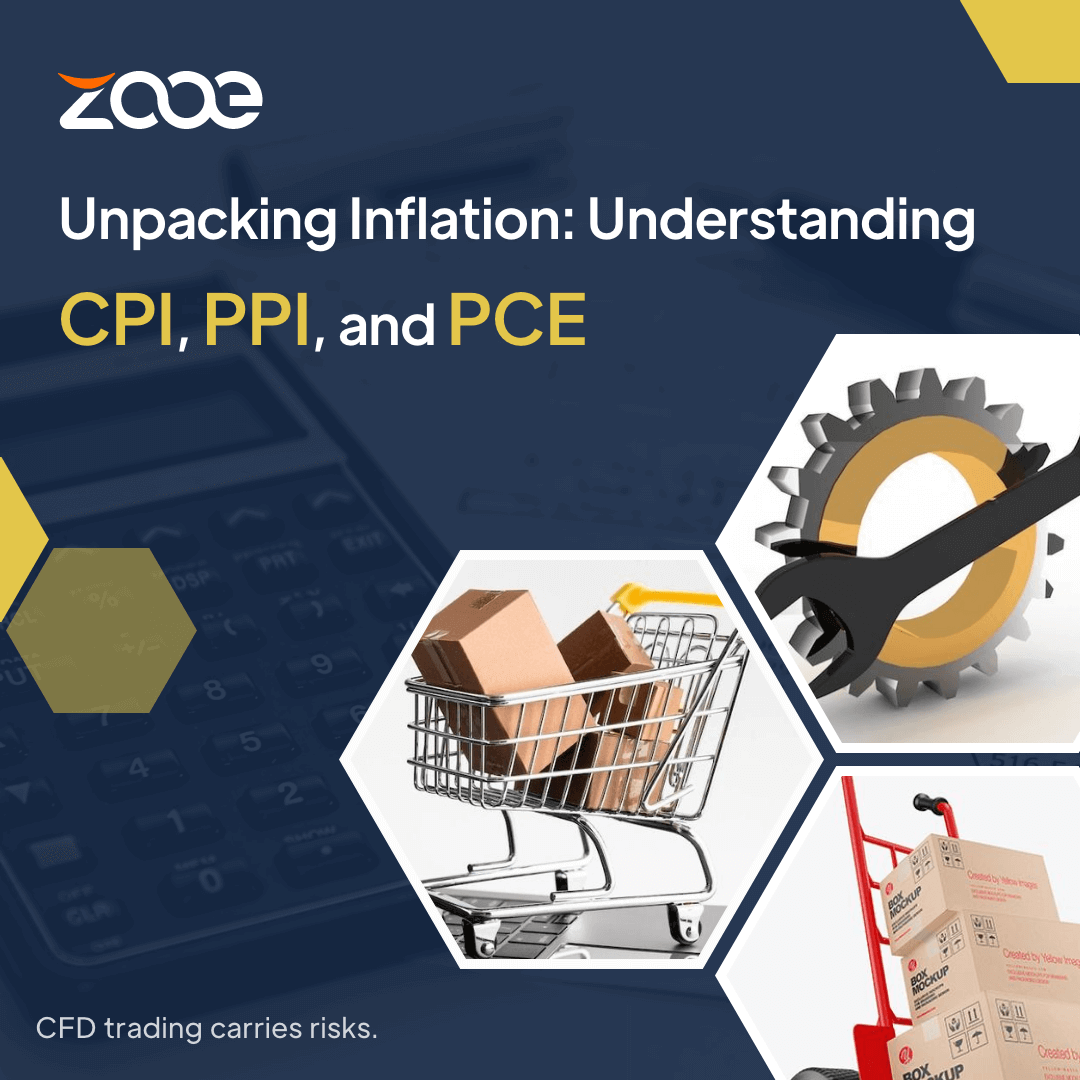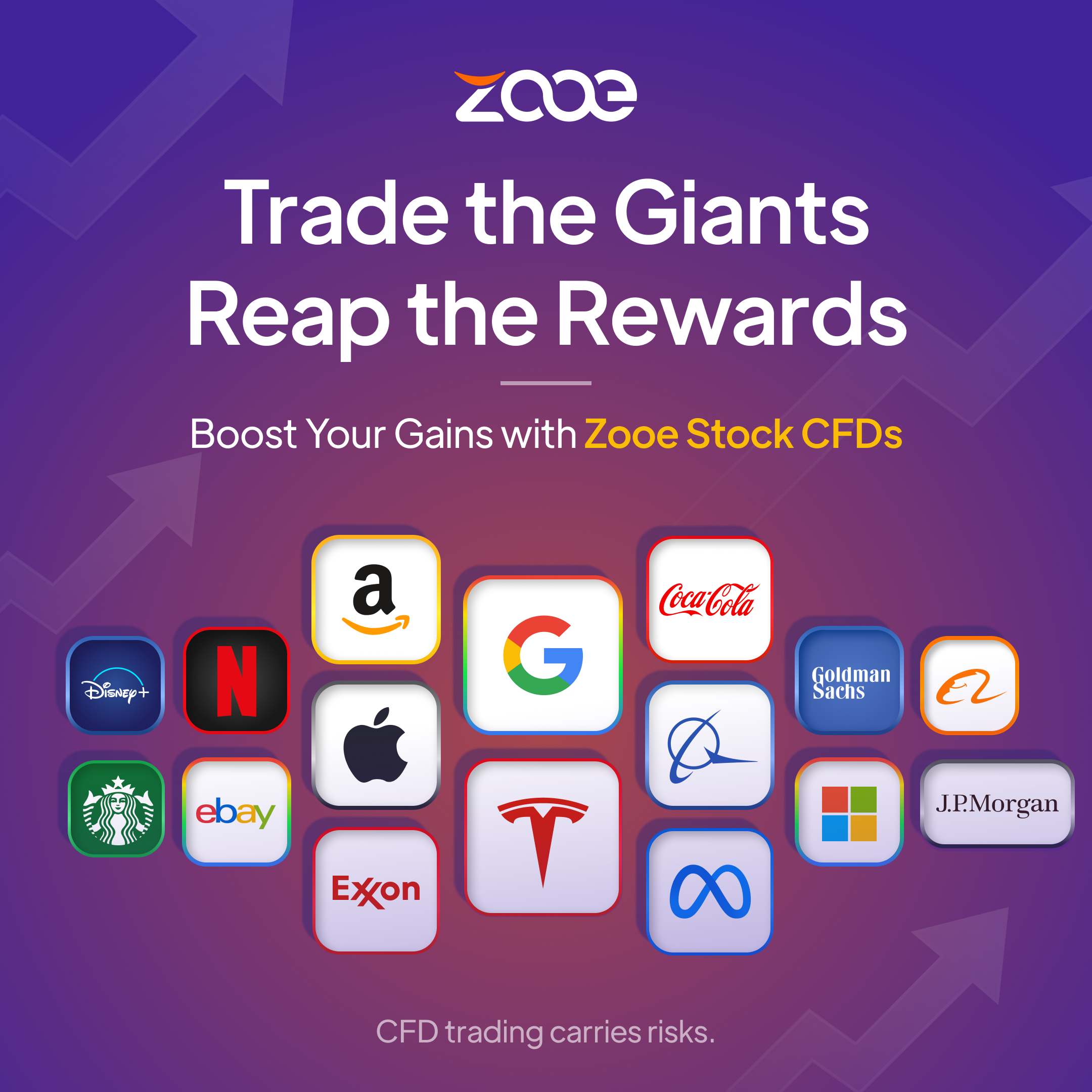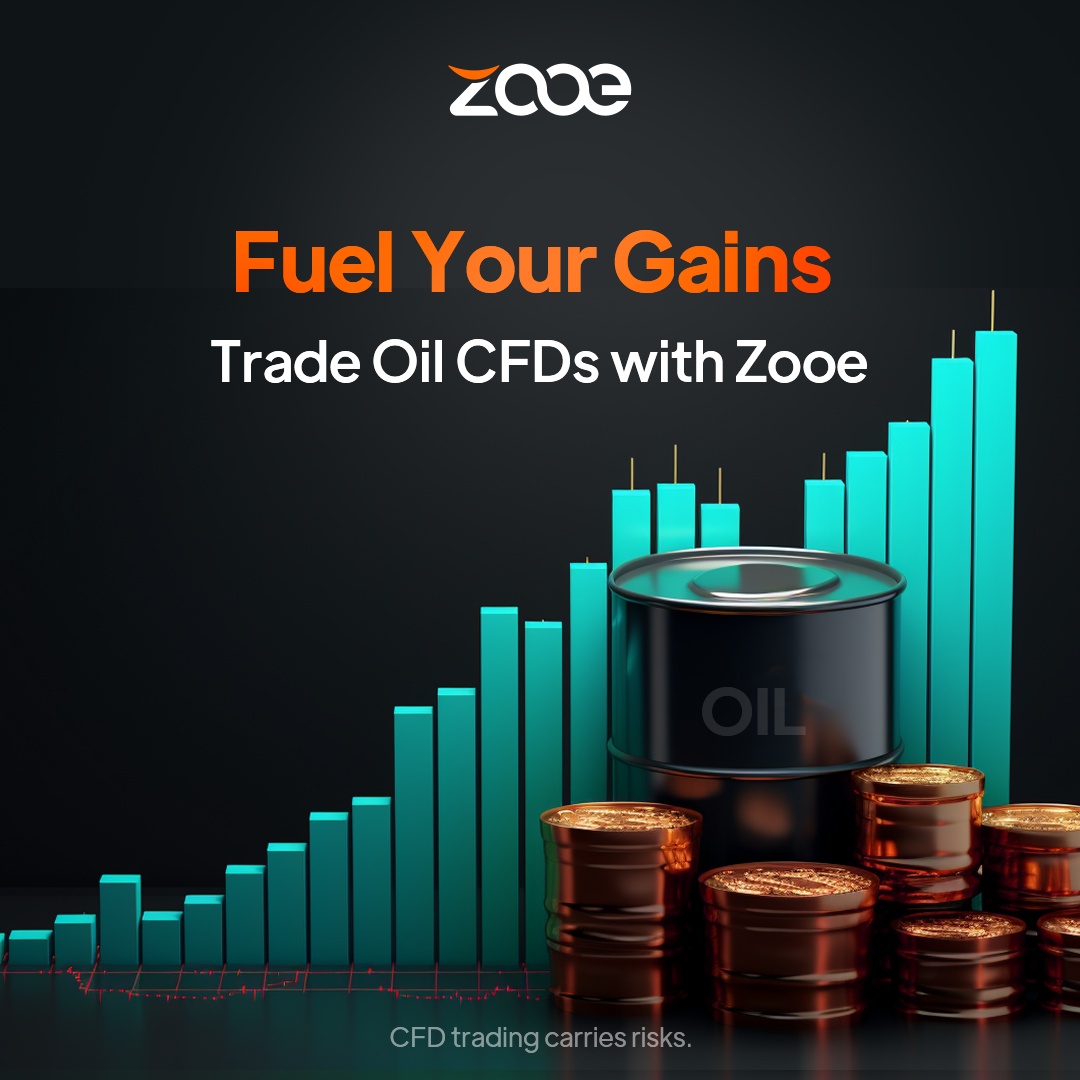Leveraging Zooe’s Insights for Enhanced CFD Trading Strategies

Understanding Inflation and Its Key Indicators: CPI, PPI, and PCE
What is Inflation?
Inflation represents the rate at which the general level of prices for goods and services increases, leading to a decrease in purchasing power. It’s a critical economic concept that influences monetary policy, investment strategies, and overall economic stability.
Key Inflation Indicators
Understanding inflation requires monitoring several key indicators, primarily the Consumer Price Index (CPI), Producer Price Index (PPI), and Personal Consumption Expenditures (PCE) Price Index.
Consumer Price Index (CPI)
The CPI measures the average change over time in the prices paid by urban consumers for a market basket of consumer goods and services. It is a primary gauge of inflation.
Impact on CFD Trading: CPI data influences central bank decisions on interest rates. For example, higher-than-expected CPI may lead to rate hikes, impacting asset prices and creating trading opportunities in interest rate-sensitive instruments.
Producer Price Index (PPI)
The PPI measures the average change over time in the selling prices received by domestic producers for their output. It serves as an early indicator of inflationary trends at the wholesale level.
Impact on CFD Trading: Rising PPI suggests increasing costs for producers, which can be passed on to consumers, potentially driving up CPI. Traders can anticipate these shifts and adjust their positions accordingly.
Personal Consumption Expenditures (PCE) Price Index
The PCE Price Index measures the prices paid by consumers for goods and services. It is favored by the Federal Reserve for its comprehensive coverage.
Impact on CFD Trading: Sustained increases in the PCE can signal persistent inflation, influencing the Federal Reserve’s policy decisions. Traders can use PCE trends to forecast market reactions and position themselves advantageously.
Utilizing Inflation Indicators in CFD Trading
Traders can leverage these indicators to enhance their CFD trading strategies. For example:
Scenario: If the CPI data shows a significant rise, indicating higher inflation, traders might expect central banks to increase interest rates. Consequently, they could short sell bonds or stocks that are sensitive to interest rate changes.
Strategy: Monitoring these indicators allows traders to make informed decisions. Using ZOOE’s real-time data and advanced analytics, traders can stay ahead of market trends and optimize their trading strategies.
ZOOE’s Trading Advantages
ZOOE provides a robust platform for CFD trading with several key advantages:
- Real-Time Data Analytics: Access up-to-the-minute data on CPI, PPI, and PCE to make informed trading decisions.
- User-Friendly Platform: Execute trades seamlessly with our intuitive platform designed for both beginners and experienced traders.
- 24/5 Client Support: Receive continuous support to assist with any trading needs, ensuring a smooth and efficient trading experience.
Risk Disclaimer
CFD trading involves significant risks and may not be suitable for all investors. It is essential to understand these risks and seek independent advice if necessary. Always trade responsibly and within your means.





